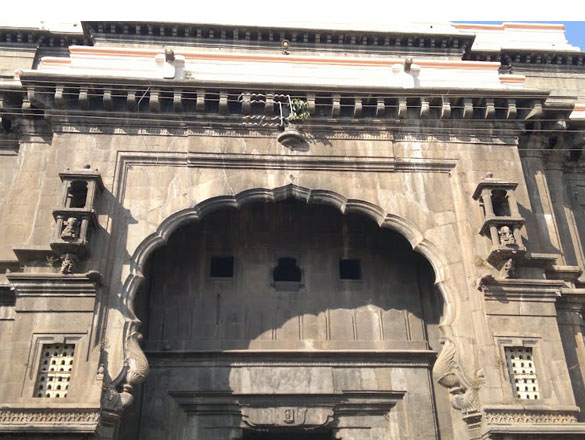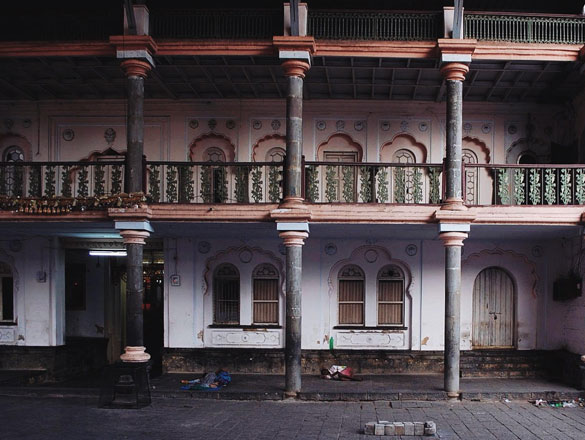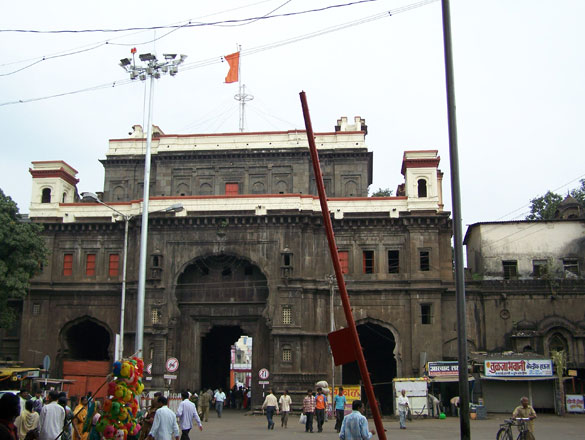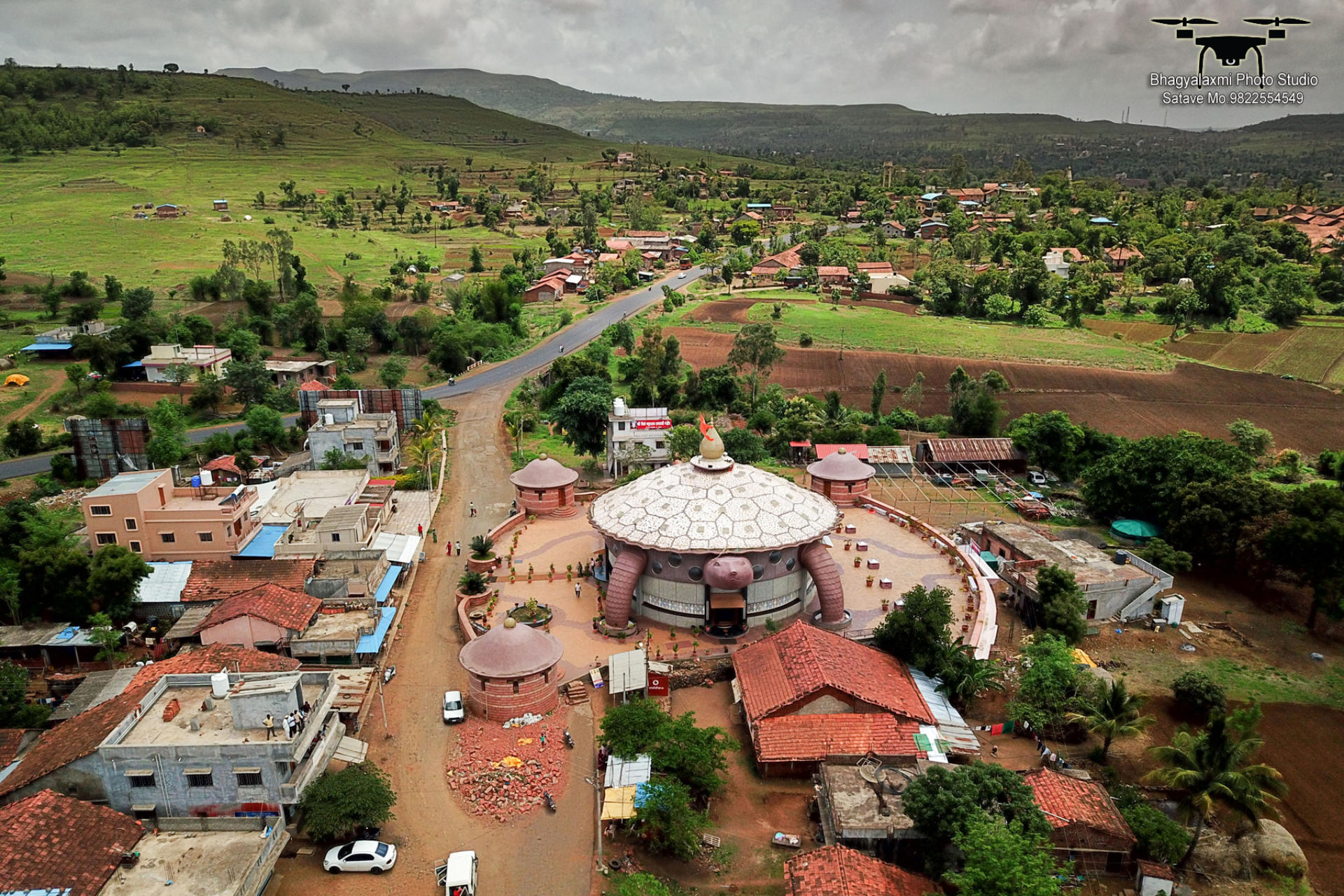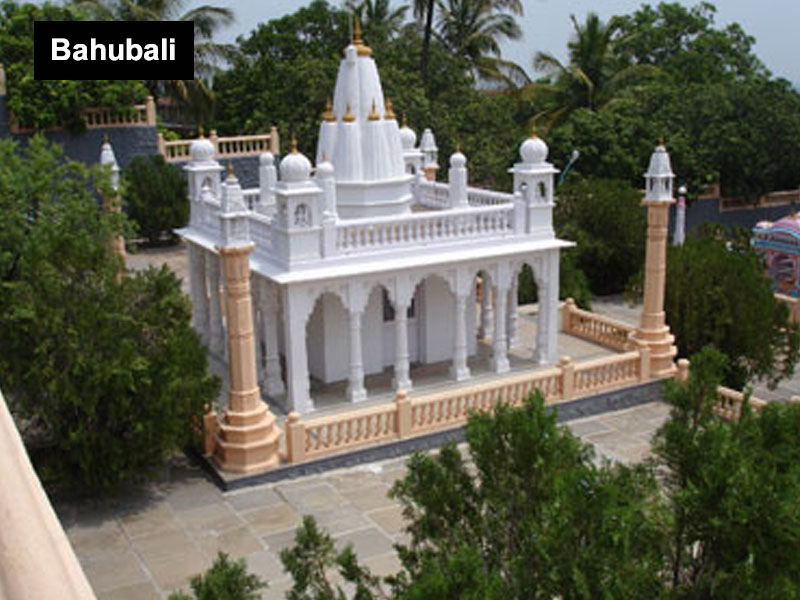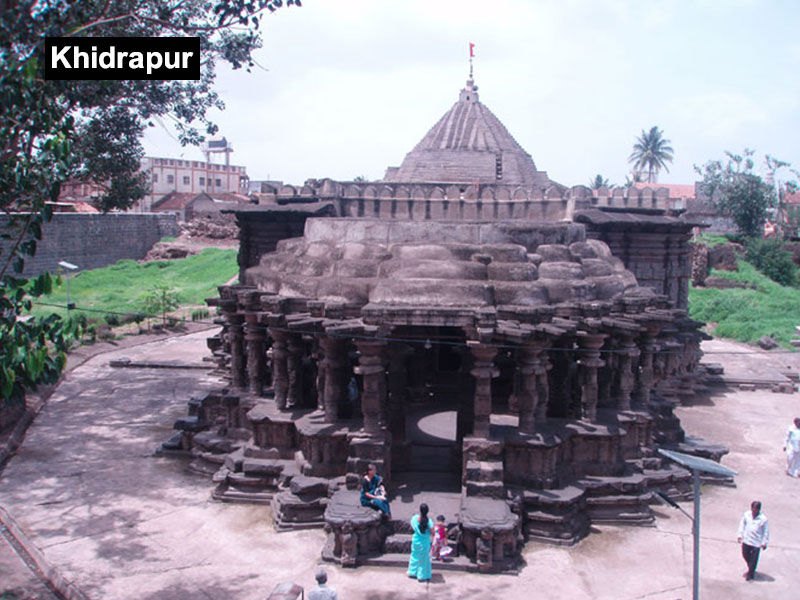Project Description
This is a historical building situated in close proximity to the famous Mahalaxmi Temple, within the walled precincts of Kolhapur City. Although smaller in size than the Mahalaxmi Temple yet the Bhavani Mandap has great religious significance for the devout as it is the temple of Goddess Tulja Bhavani. Mythology claims that Goddess Tulja Bhavani or Bhavani is a guest of her elder sister Mahalaxmi, in Kolhapur City.
It is interesting to note that Kolhapur legend has it that this idol of Goddess Bhavani is the original idol that Shivaji Maharaj used to pray to and rescued from Tuljapur when the place was under a siege by Aurangzeb. However, the clergy of Tuljapur maintain that their idol in the Tuljapur temple of the Goddess is the genuine article and the controversy continues to this day.
There is also a widespread belief that an underground tunnel leading to Bhavani Mandap from Panhala (the hillside fort about 20 km away from Kolhapur) was built to allow an escape route for warring Maratha soldiers. However the tunnel, if it exists, is yet to be discovered.
Bhavani Mandap was an important meeting venue in yesteryears. On exhibit here is a modest wooden throne believed to have been used by Shivaji Maharaj on his visits to Kolhapur, strengthening the idea that the great Maratha warrior king was more a man on a mission with little regard for pomp and conceit. The Bhavani Mandap housed the offices of various court officials and was the site of many celebrations. It also bore witness to a famous murder in the central courtyard.
The place has an old world charm and distinctive architecture of the British Raj. A life size statue of Kolhapur’s most beloved king Shahu Maharaj graces the Bhavani Mandap. On display here are stuffed animals actually hunted by Ch. Shahu Maharaj including a huge bison, panthers, a pair of deer, bringing alive memories of the rich princely state Kolhapur used to be then.


